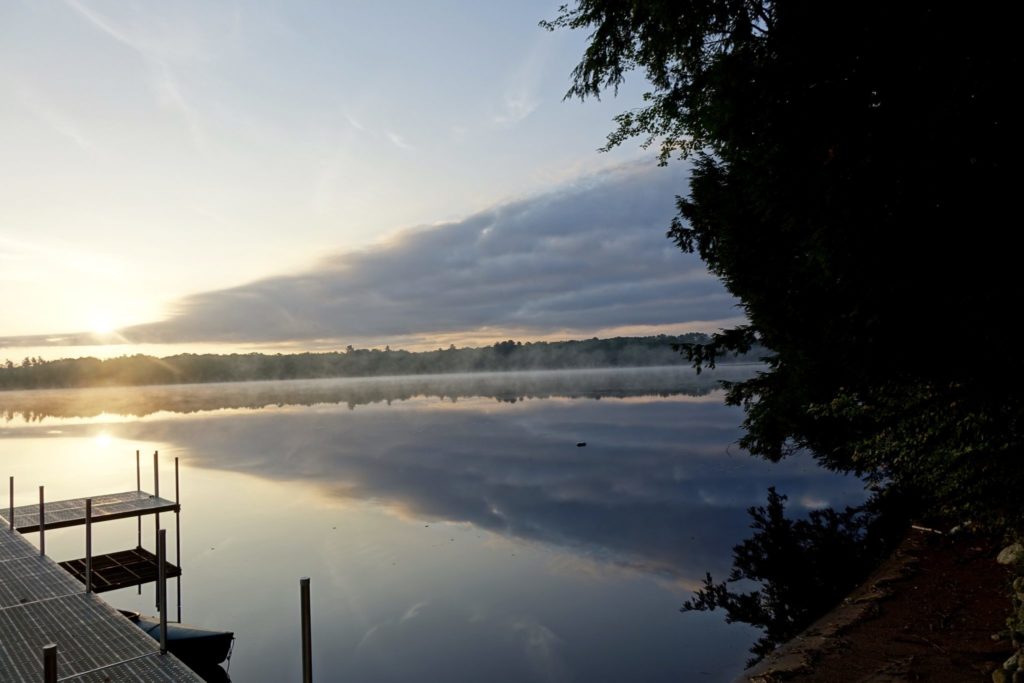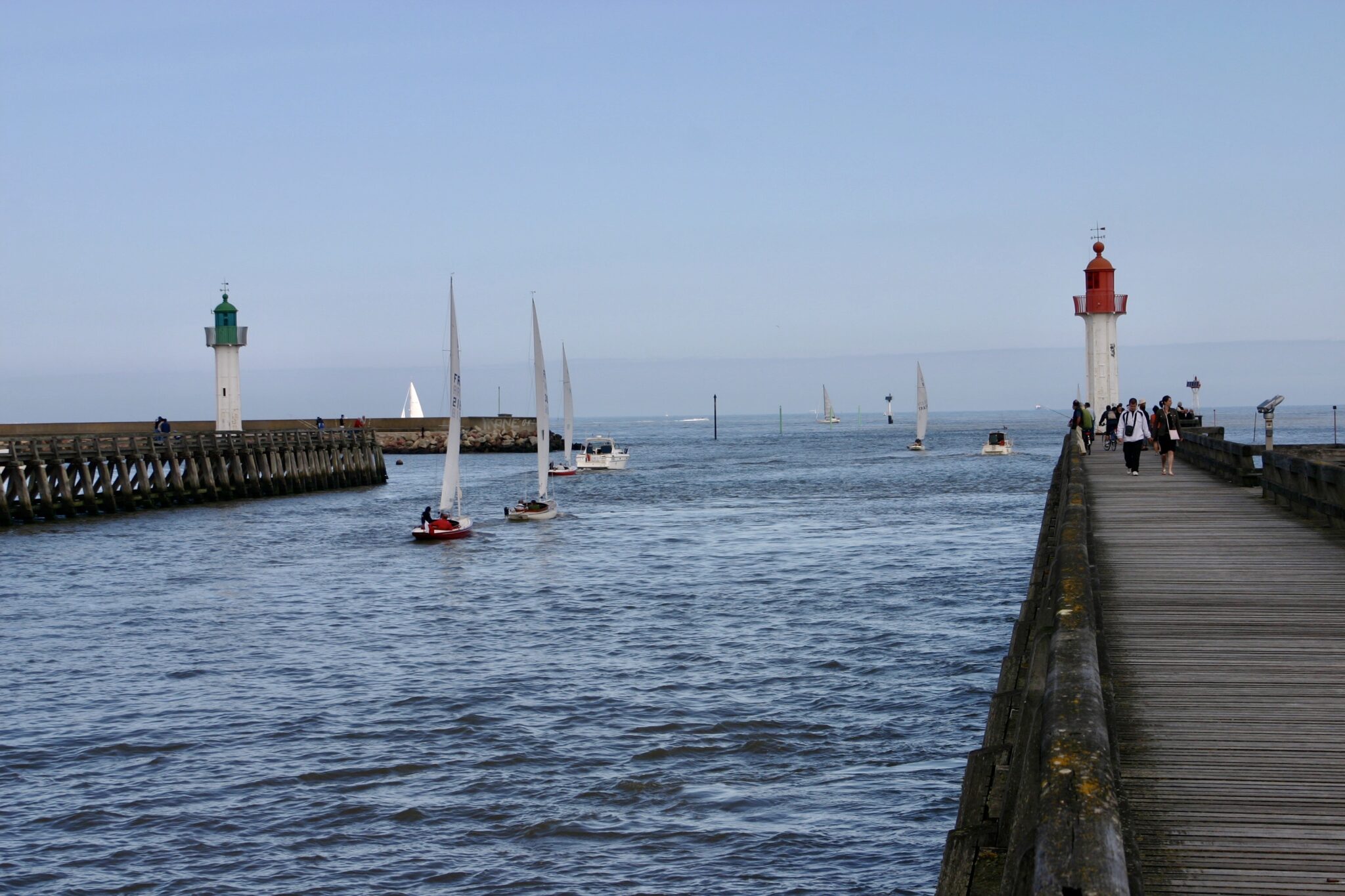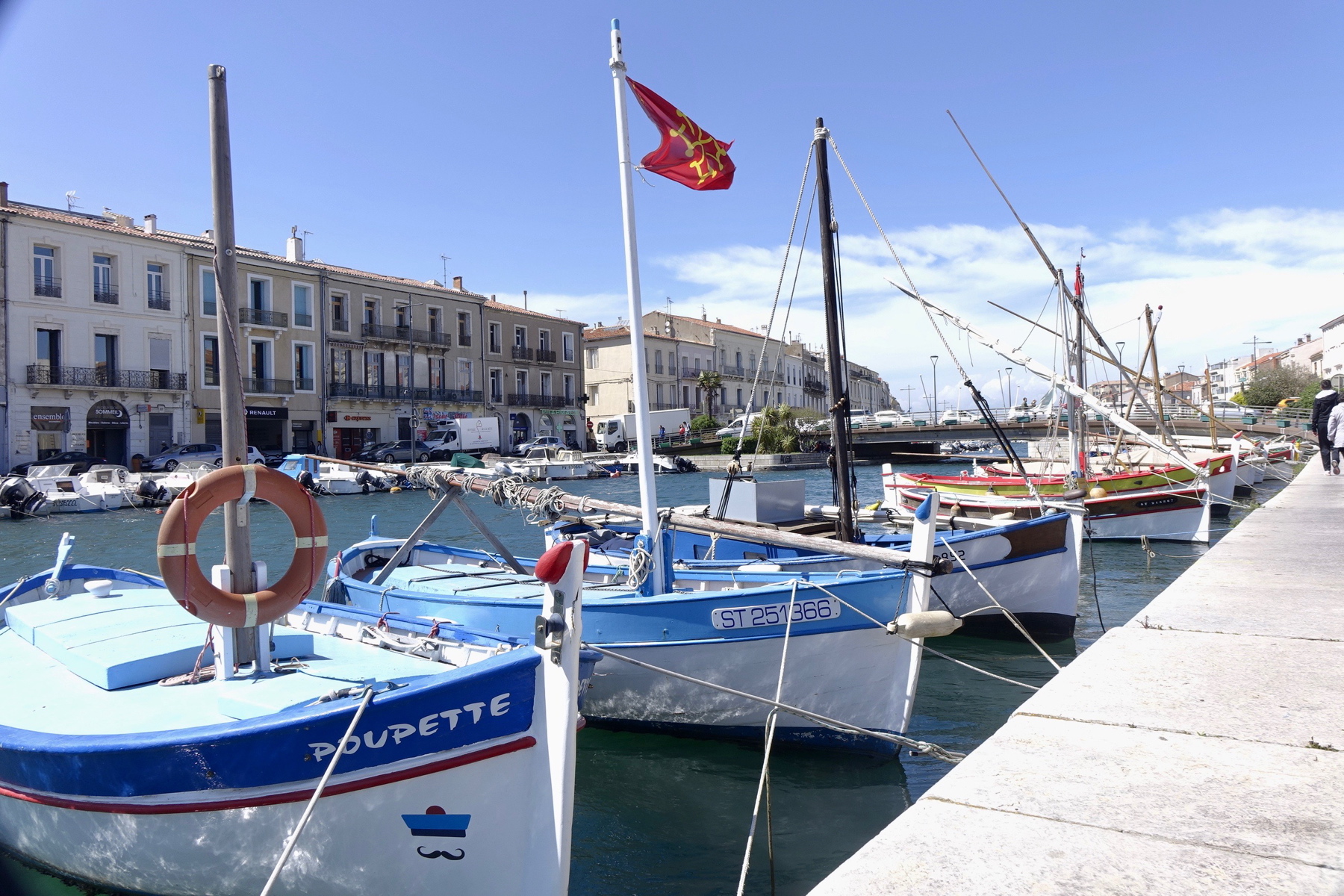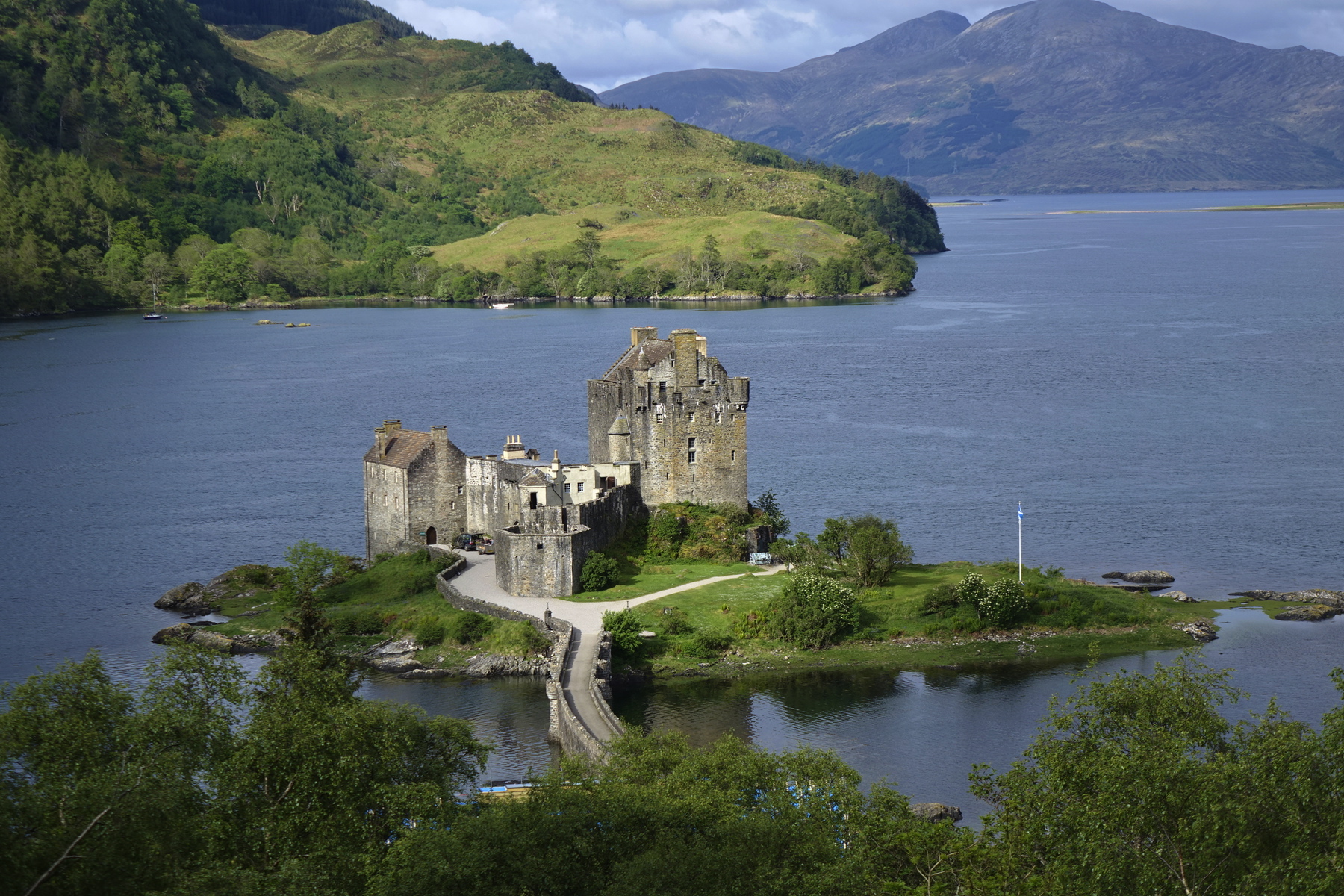Sometimes, when when there are no glitches, Air Travel rocks. But most of the time, it has become a nightmare. Make the best out of it with a few tips:
1. Never trust what the airline say.
2. When airline staff say« No problem » it really means « Don’t KNOW the problem. »
3. Fly at times when no one else wants to, for example Christmas Day, New Year’s Eve, Easter Sunday.
4. Carry aboard prescription medicines for the duration of the trip vacation and a written explanation of one’s medical condition.
5. Pack snacks such as nuts, dried fruits, and cereal bars. Airlines may charge $3 for a small package of M & Ms or chips.
6. A small empty water bottle passes through security controls and can be refilled as needed.
7. Nowhere is Murphy’s Law (Sod’s Law in the UK) more prevalent than in air travel « accept that what can go wrong, will go worse than you would dream ».
8. Limit carry on baggage as courtesy to fellow passengers, so they won’t have to stow their luggage ten rows away from their assignments seats.
9. An electronic seat assignment does not guarantee a boarding pass, and a frequent flyer membership these days is nothing more than another plastic card in your pocket.
10. Wear comfortable, layered clothes, which make it easy to disrobe at security and to accommodate fluctuating temperature in the aircraft.
11. Forget cost cutting, book the direct flight whenever possible. In the end, it costs less than additional taxi fares, meals and hotel rooms when you miss your connecting flight.
12. Acknowledge that the skies are no longer friendly. Airline companies, even code sharing partners, are at war and passengers are in the line of fire. Accept what you are : at the best a user and very rarely a customer.
Eventually, get rich and fly First, it might do the trick…May be.












